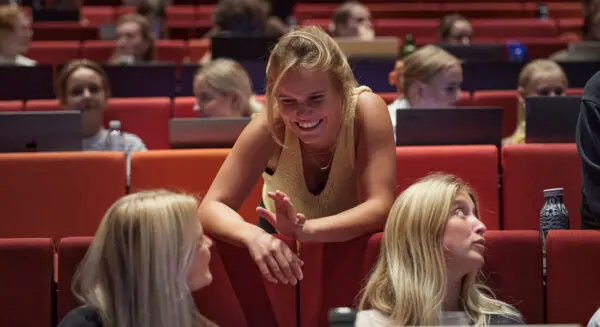
Firenze, Italy
Antonio Berlese Summer School. Soil Fauna: Applied Ecology and Systematics
When:
01 September - 05 September 2025
Credits:
3 EC
Read more
Natural Sciences
When:
17 September - 21 September 2018
School:
Institution:
Technical University Munich
City:
Country:
Language:
English
Credits:
2 EC

Harmonic analysis starts with a memoir written by Fourier in 1806 on the solution of the heat equation by tensor and trigonometric function decompositions. Despite the fact that his method was presented ad-hoc for the model of heat diffusion, the rigorous understanding of the convergence of such trigonometric function series triggered an incredible amount of further developments in analysis. In particular Lebesgue measure and integration theory, as well as the theory of Hilbert spaces are needed to properly explain Fourier’s original ideas.
Whilst for almost two centuries Fourier analysis found its inspirations and applications in the physical world, not last in quantum mechanics, starting with the work of Gabor on time-frequency analysis in 1946, its spectrum of applications widened to include the analysis of signals. Later, in the 1980s, with the work on time-scale analysis and the proposal of the wavelet transform by Grossmann and Morlet, and then the work of Daubechies and Meyer, new connections between harmonic analysis and digital signal/image processing were further discovered.
The course presents this long journey, from the early results of Fourier analysis to the more recent wavelet theory, illustrating and complementing the theoretical findings with corresponding applications. We conclude the lectures showing one relevant application in the use of computational harmonic analysis for the solution of the problem of the (mathematically based) restoration of one of the most important frescoes of the Italian Renaissance, which was destroyed and reduced to hundreds of thousands of fragments by a bombing during World War II.
Prof. Marco Cicalese and Prof. Massimo Fornasier
Bachelor students in 4th semester
The TopMath School of Advanced Mathematics for Young Students aims at presenting advanced topics of mathematics and their applications to a select group of students before starting their third year of Bachelor studies.
Each year a new aspect or branch of Applied Mathematics is focused upon. The goal of the school is twofold: on the one hand to show the incredible breadth of mathematics, starting with its seminal ideas all the way to its most recent advances and unique applications; on the other hand to expose students to rigorous mathematical thinking and to foster exercising problem-solving skills in special sessions dedicated to proofs and exercises.
When:
17 September - 21 September 2018
School:
Institution:
Technical University Munich
Language:
English
Credits:
2 EC

Firenze, Italy
When:
01 September - 05 September 2025
Credits:
3 EC
Read more

Copenhagen, Denmark
When:
04 August - 22 August 2025
Credits:
7.5 EC
Read more

Jyväskylä, Finland
When:
04 August - 08 August 2025
Credits:
2 EC
Read more